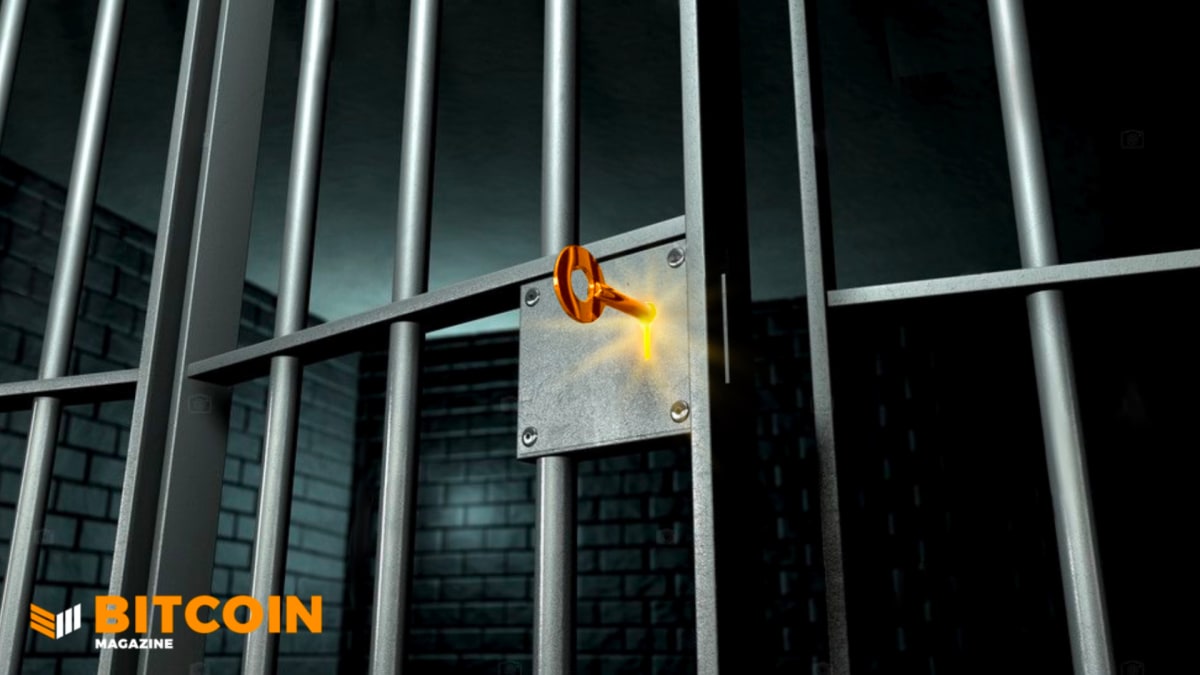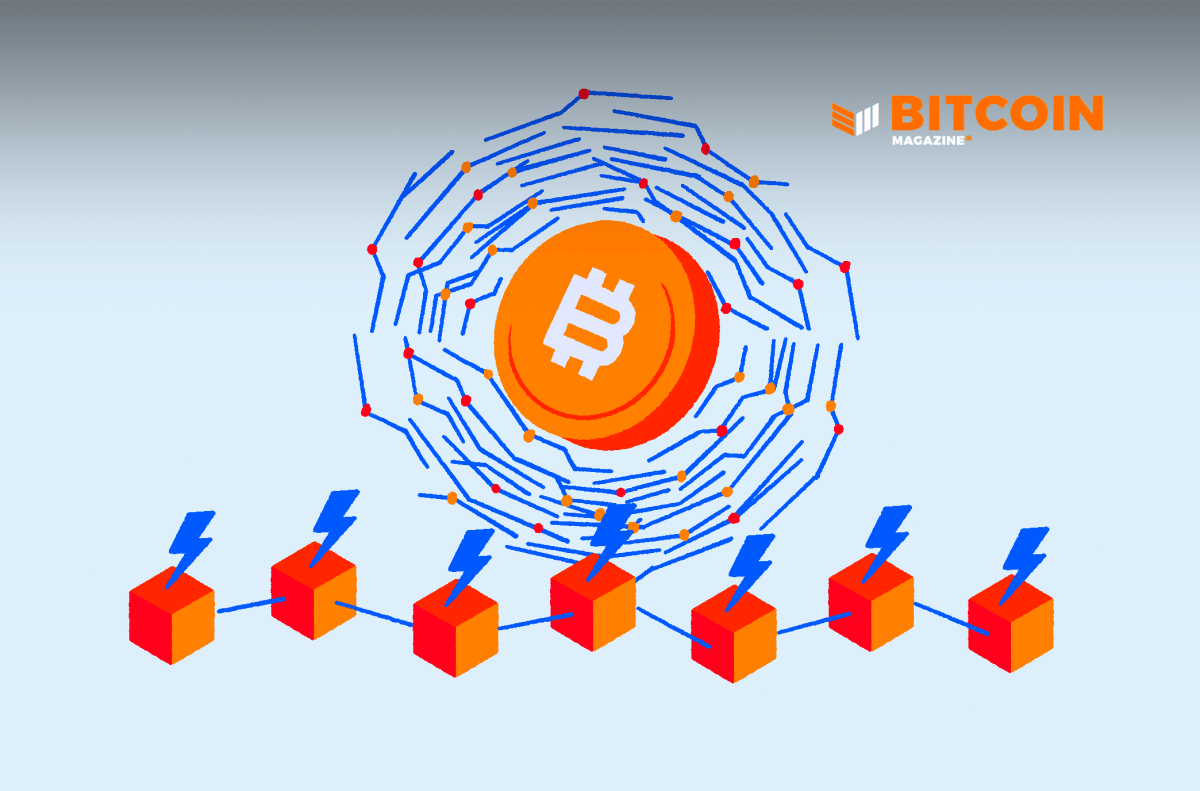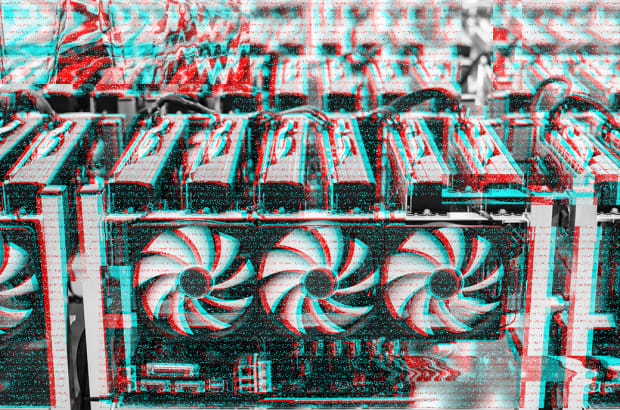Rising energy costs, a new hash rate ATH and flat bitcoin prices pose challenges to some miners as margins get squeezed.
Bitcoin’s total hash rate has hit a new all-time high, according to Coin Metrics data, only weeks after the end of a two-month capitulation period for the industry.
Against a more challenging environment, miners are put to the test as to whether they can maintain profitability. Balance sheets are falling under stress as price remains mostly flat while hash rate and mining difficulty keep increasing.
A broad miner capitulation started in the beginning of the summer as the bitcoin price took a deep plunge, erasing all gains made in the previous year. Pressured, most public miners who had previously committed to holding their BTC began selling their daily mined bitcoin to cover operating costs amid diminishing margins. Later, some would also start selling the BTC they had put in cold storage.
Bitcoin mining is a self-regulated market where players aim to find the cheapest energy sources and most favorable jurisdictions available around the globe in an effort to shrink costs and maximize profits. As more players join the market, it becomes more difficult to mine bitcoin. As difficulty increases, miners who were operating on low margins get flushed out of the market. To maintain 10 minutes between blocks on average, the network adjusts the mining difficulty to the downside, making it a bit easier to mine bitcoin and enabling other miners to join the industry.
With hash rate now making new highs, and a bitcoin price struggling to show signs of a sustained recovery, miners are facing a challenging environment.
“The big issue for miners right now I think is that energy costs have gone up while hash rate has gone up and bitcoin prices maintained low,” Fred Thiel, CEO of Nasdaq-listed bitcoin miner Marathon Digital Holdings, told Bitcoin Magazine.
However, according to Thiel, not all players in the industry are hit equally. “Those miners who are well positioned, well capitalized and can operate from a position of strength are going to benefit from this.”
Marathon, Thiel argued, is among them.
“Our models have been built around the fact that we believe that, for the balance of this year, bitcoin is going to grind along kind of where it is now, up and down a bit,” he said. “So, as a company, we plan around [that] scenario.”
When it comes to global hash rate pressuring higher, Thiel claimed Marathon is in a good position as its own growth not only cuts back on the effects of the new ATH but also contributes to that higher reading itself.
“We’re focused on growing our hash rate very significantly, from 3 EH [exahash] to 23 EH by mid next year,” he said. “So we’re actually one of the companies contributing to that growth in hash rate.”
The executive forecasts that hash rate will keep trending higher throughout the year as thousands of ordered but yet-to-be-delivered machines from fellow big industry players get deployed in farms across the globe.
“There were a lot of orders for miners that were publicly disclosed last year and earlier this year, so you just assume people are going to follow through with those deployments.”
The same can’t be said for small players, however.
“I think the people who aren’t following through tend to be the smaller miners, less well-capitalized. They have problem financing the purchase of the miners, or they’re in a position where their energy costs have gone a little upside down,” Thiel added.
Miners enjoyed a prolonged honeymoon with profits in the past two years as a steep bull market ensued for the bitcoin price. Racketing incredible returns in dollar terms on HODLed coins, miners saw their margins balloon as bitcoin touched new highs. That reality prompted many companies to leverage up their business and take on debt to expand operations, a strategy that went south quickly as the bitcoin price started to plunge. Now, with rising hash rate, even more stress is put on these miners.
Geopolitical Tensions For The Industry Heat Up As White House Report Hints At Ban
The new high in Bitcoin’s hash rate comes 18 months after the Chinese government banned bitcoin mining altogether, a move that cut the network’s hash rate in half as local miners turned off their machines and began relocating their operations overseas. As a result, the U.S. share of global Bitcoin hash rate increased sharply as the country posed itself as one of the main destinations for the outcast businesses. Kazakhstan and Russia also welcomed the machines.
However, the U.S., which according to data from the Cambridge Centre for Alternative Finance currently houses about 37% of Bitcoin’s global hash rate, has itself begun to show some signs of hostility toward the industry.
Driven by energy consumption worries, the White House Office of Science and Technology Policy (OSTP) published a detailed report last week recommending that the Biden Administration ensure the development of Bitcoin and cryptocurrency at large in the country is accountable to concerns over climate change.
In its over 30 pages, the document, which is the fruit of Biden’s executive order on digital assets from March 2022, argues that while proof-of-work mining can help the energy industry and the climate in some specific areas, its net impact to both is negative. The OSTP went as far as to recommend the administration and Congress to consider limiting or banning the use of proof of work in the U.S. altogether.
One of the positive acknowledgments made by the report relates to the usage of bitcoin mining as a baseload energy demand mechanism.
“You’re providing extra capacity to the grid when it’s needed, and you’re not really a parasitic load on the grid because you’re behind the meter, using energy that would otherwise be wasted,” Thiel told Bitcoin Magazine. “If you position bitcoin mining behind the meter at a renewable site, you are incentivizing more renewable production.”
Thiel also highlighted that, given that it’s midterms election year in the U.S., most of the harsh language in the report might be purely part of political plays.
“There’s a lot of politicking that happens and some of this is positioning by politicians,” he argued. “I personally don’t believe that there will be a wholesale ban on proof of work.”
Though not impossible, it does appear that an eventual ban on PoW is very unlikely in the U.S. given the nature of its government compared to China’s, as well as the extent to which bitcoin mining is integrated into power grids and communities in the country.
However, were such an event come to fruition, the network would still be prepared to withstand such an attack. The same way the network didn’t perish when mining was banned in China –– the country with the highest share of hash rate at the time –– it is well positioned to show a similar outcome in a potential U.S. ban. Notwithstanding, the network might even be able to keep thriving in the U.S. during a ban, which is evidenced by the fact that there are still many machines hashing in China; according to CCAF, the Asian country still houses over 20% of the global Bitcoin hash rate.









